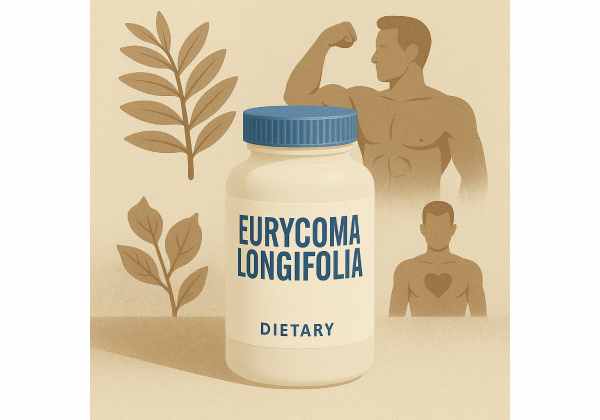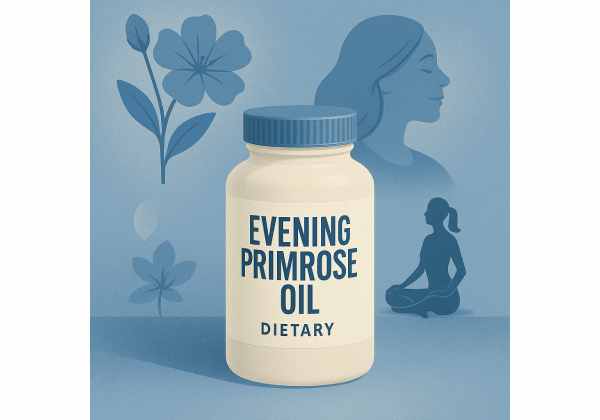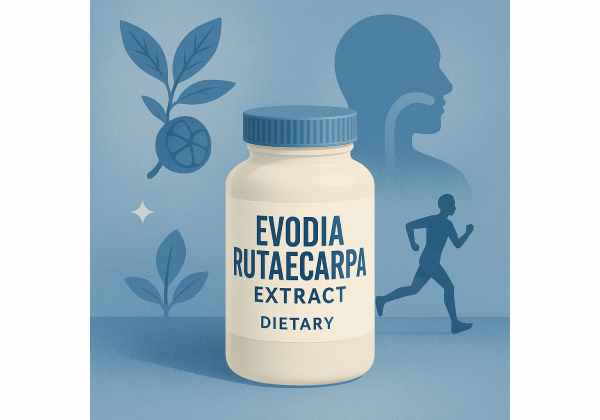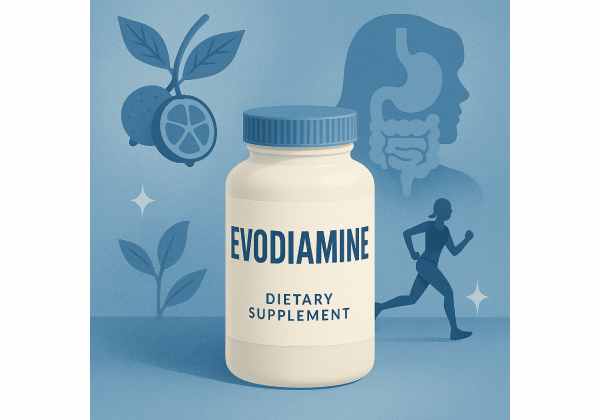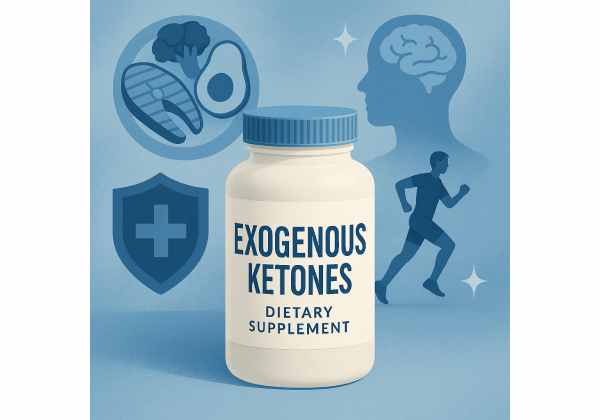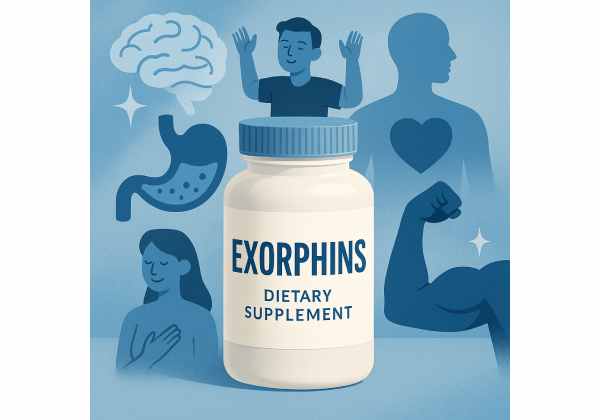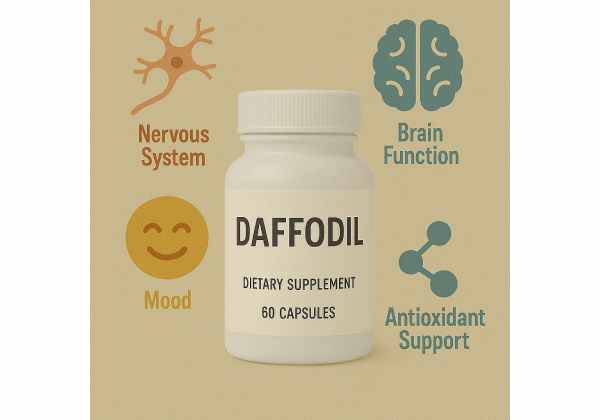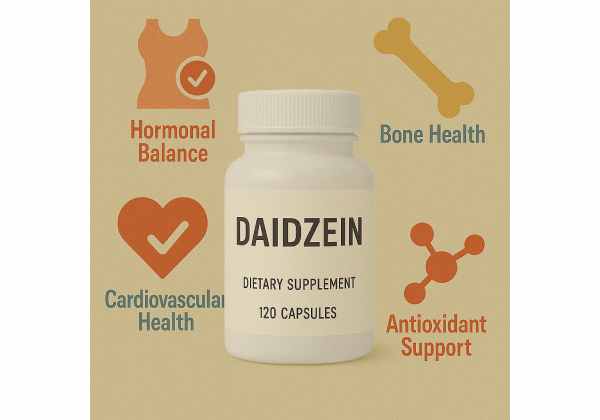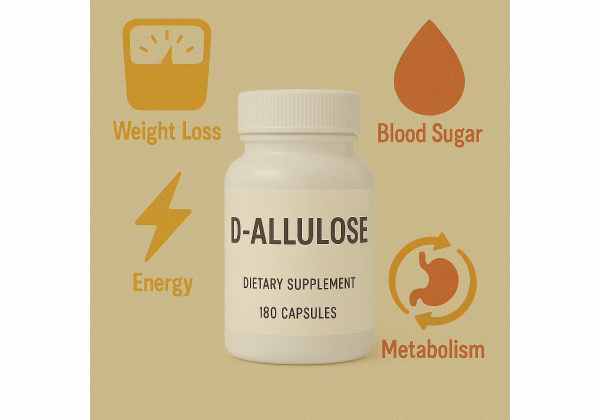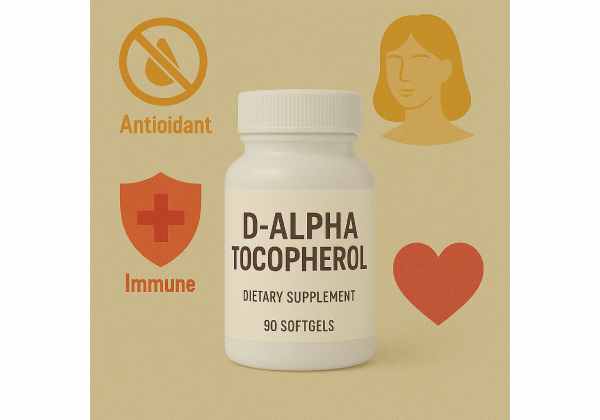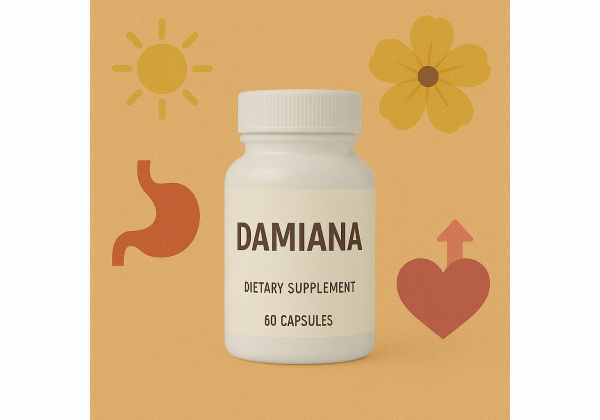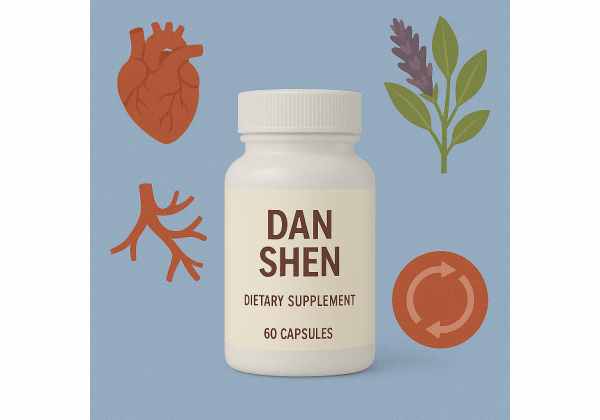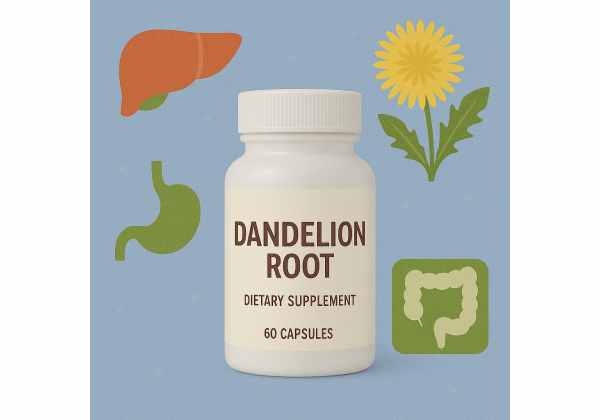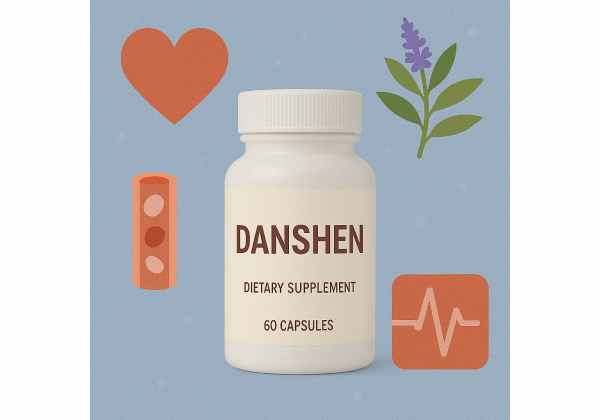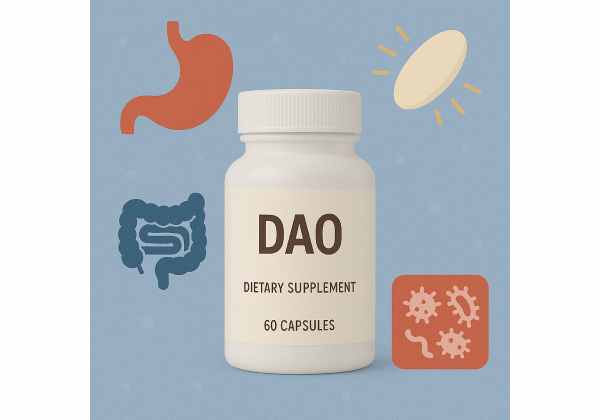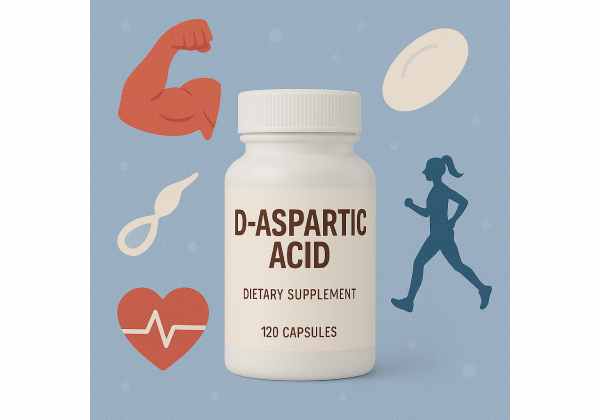Eurycoma longifolia: Tongkat Ali Benefits, Testosterone Boost, Dosage, and Side Effects
Eurycoma longifolia—better known as tongkat ali or “longjack”—is a Southeast Asian root used traditionally for vitality, libido, and stamina. Today it is marketed for healthy testosterone support, stress resilience, and exercise performance. Modern research paints a nuanced picture: standardized water extracts may modestly raise total testosterone in some men (especially those with lower baseline levels) and can improve mood...
Evening Primrose Oil for Hormonal Balance, Skin Health, and Wellness: Dosage and Safety Guide
Evening primrose oil (EPO) is a seed oil from Oenothera biennis, valued for its omega-6 fatty acids—especially gamma-linolenic acid (GLA). It’s widely marketed for skin concerns, cyclical breast discomfort, menstrual and menopause symptoms, and even late-pregnancy cervical ripening. The reality is more nuanced. Some small trials suggest modest benefits for specific symptoms (for example, hot-flash severity), while rigorous reviews...
Evodia rutaecarpa Extract: Top Health Benefits, How to Use, and Potential Side Effects
Evodia rutaecarpa (also called Tetradium ruticarpum, Euodiae Fructus, or “Wu Zhu Yu”) is a traditional East Asian herb used for digestive discomfort, headaches, and abdominal cold. Modern extracts concentrate its alkaloids—most notably evodiamine and rutaecarpine—along with limonoids and related constituents. These compounds show intriguing lab and animal effects on gut motility, inflammation, and pain signaling. At the same time,...
Evodiamine: Top Benefits, Dosage, Uses, and Side Effects for Weight Loss and Wellness
Evodiamine is a plant alkaloid concentrated in the fruit of Tetradium ruticarpum (formerly Evodia rutaecarpa), a traditional East Asian herb known as Euodiae Fructus or Wu Zhu Yu. In labs and animal models, evodiamine has shown intriguing actions—particularly on heat-sensing receptors and metabolic pathways linked to body weight, pain perception, and inflammation. But human data are limited, and quality...
Exogenous Ketones: Benefits, Uses, Dosage, Safety, and Side Effects Guide
Exogenous ketones are drinkable or powdered compounds that raise blood β-hydroxybutyrate (BHB) without fasting or strict carbohydrate restriction. They come mainly as ketone salts (BHB bound to minerals), ketone esters (compounds that release BHB after digestion), and 1,3-butanediol (a BHB precursor). In minutes, these products can elevate circulating BHB to “nutritional ketosis” levels, shifting fuel use and sometimes altering...
Exorphins: Key Benefits, Mood Effects, Food Sources, Dosage, and Safety Risks
Exorphins—also called food-derived opioid peptides—are tiny fragments released when certain proteins (most famously in dairy and wheat) are digested. Because these peptides can bind to the body’s opioid receptors, they may influence gut motility, pain perception, mood, and immune signaling. Interest has grown around casomorphins from milk (especially the β-casomorphin-7 or “BCM-7” fragment) and gluten exorphins from wheat and...
Daffodil Health Benefits: How It Works, Safety, Dosage, and FAQ
Daffodils (genus Narcissus) are among the most recognizable spring bulbs. Their cheerful flowers, however, conceal potent natural alkaloids that can make people and pets sick if swallowed or if the sap touches skin for long periods. This article separates garden lore from evidence, explaining what is (and is not) known about daffodil “benefits,” how the plant is used today,...
Daidzein Supplement: Isoflavone Properties, Health Advantages, and Dosage Guide
Daidzein is a plant compound from soy and some legumes that belongs to the isoflavone family. It is often discussed alongside genistein, but daidzein is unique because gut bacteria can convert it into S-equol, a metabolite with a strong preference for the estrogen receptor beta (ERβ). That selective action helps explain why daidzein shows interest for menopause symptoms, bone...
D-Allulose: Health Benefits, Blood Sugar Control, Dosage, and Side Effects Guide
D-allulose (also called D-psicose) is a “rare sugar” that tastes like table sugar but provides a fraction of the calories. It occurs naturally in tiny amounts in foods like figs and maple syrup and is now produced via enzymatic conversion from fructose. In the United States, the Food and Drug Administration (FDA) allows manufacturers to exclude allulose from “Total...
D-alpha tocopherol: Natural Vitamin E Benefits, Best Uses, Dosage, and Side Effects
D-alpha tocopherol is the natural, most bioactive form of vitamin E (chemical name: RRR-alpha-tocopherol). As a fat-soluble, chain-breaking antioxidant, it protects cell membranes from lipid peroxidation—especially in tissues rich in polyunsaturated fats, like the brain, retina, and heart. You’ll see it on labels as “d-alpha-tocopherol,” sometimes as the more stable esters “d-alpha-tocopheryl acetate” or “succinate,” which your body converts...
Damiana: Herbal Aphrodisiac Benefits, Uses, Dosage, and Side Effects Guide
Damiana (Turnera diffusa) is a small, aromatic shrub native to Mexico and the Caribbean that has captivated herbalists for centuries. Traditionally prepared as a tea or liqueur, damiana is best known for supporting mood and sexual desire, though modern lab research also explores antioxidant, hepatoprotective, and metabolic actions. While animal and cell studies are promising, high-quality clinical trials of...
Dan Shen Supplement: Cardiovascular Support, Antioxidant Power, Dosage, and Risks
Dan Shen (Salvia miltiorrhiza), also called red sage or Chinese sage, is a traditional East Asian herb used for “blood stasis” syndromes—conditions related to circulation and chest discomfort in traditional medicine texts. Modern research has focused on heart and metabolic health, microcirculation, and, more recently, men’s urinary symptoms. Dan Shen’s root contains two broad classes of compounds: water-soluble phenolic...
Dandelion Root: Health Benefits, Top Uses, Dosage Guide, and Side Effects
Dandelion root (Taraxacum officinale), the deep taproot beneath the familiar yellow flower, has a long history as a traditional digestive and urinary aid. Today it appears in teas, tinctures, capsules, and even coffee-like roasts. Interest centers on its inulin-rich fibers and phenolic compounds that may influence digestion, glucose and lipid metabolism, bile flow, and fluid balance. Evidence in people...
Danshen Benefits: Cardiovascular Support, Key Uses, and Potential Risks
Danshen (Salvia miltiorrhiza), sometimes called red sage or Chinese sage, has been used for centuries in East Asian medicine to “invigorate blood” and support circulation. Modern research focuses on its phenolic acids (like salvianolic acid B) and lipid-soluble tanshinones (such as tanshinone IIA), which appear to influence blood flow, inflammation, and oxidative stress. People typically consider Danshen for cholesterol...
DAO: Histamine Intolerance Relief, How It Works, Dosage, and Side Effects
Histamine intolerance can feel like a moving target—one day your favorite leftovers or a glass of wine sits fine, and the next day you’re dealing with flushing, headaches, or stomach discomfort. DAO (diamine oxidase) is the main enzyme that breaks down food-derived histamine in the gut. As a supplement, DAO is taken right before meals to help degrade histamine...
D-aspartic Acid Supplement: Muscle, Fertility, Cognitive Benefits, and Safe Use
D-aspartic acid (often shortened to “DAA”) is a naturally occurring “D”-form amino acid found in the brain, pituitary, and testes. It helps regulate hormones involved in male reproduction, especially luteinizing hormone (LH) and testosterone. Because of those roles, D-aspartic acid is marketed as a testosterone booster and fertility aid. The scientific picture, however, is mixed: some studies suggest short-term...

